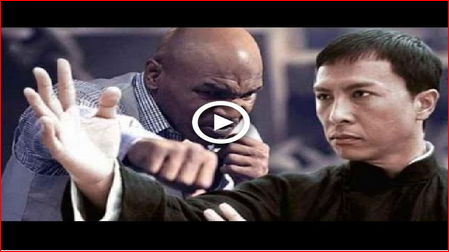After the end of the war, a second brilliant age occurred, with generation in Shanghai continuing, with movies, for example, Spring in a Small Town (1948), named the best Chinese-dialect film at the 24th Hong Kong Film Awards. After the socialist insurgency in 1949, past and some remote movies were banned in 1951, and film participation expanded strongly. Amid the Cultural Revolution, the film business was seriously limited, coming just about to a halt from 1967 to 1972. The business prospered taking after the end of the Cultural Revolution, including the "scar dramatizations" of the 1980s, for example, Evening Rain (1980), Legend of Tianyun Mountain (1980) and Hibiscus Town (1986), portraying the enthusiastic injuries left by the period. Beginning in the mid to late 1980s, with movies, for example, One and Eight (1983) and Yellow Earth (1984), the ascent of the Fifth Generation conveyed expanded prevalence to Chinese silver screen abroad, particularly among Western arthouse gatherings of people, with movies such as Red Sorghum (1987), The Story of Qiu Ju (1992) and Farewell My Concubine (1993) winning significant worldwide grants. The development somewhat finished after the Tiananmen Square challenges of 1989. The post-1990 period saw the ascent of the Sixth Generation and post-Sixth Generation, both for the most part making movies outside of the primary Chinese film framework and played for the most part on the universal film celebration circuit.
The Cinema of China is one of three unmistakable recorded strings of Chinese-dialect film together with the Cinema of Hong Kong and the Cinema of Taiwan.
Silver screen was presented in China in 1896 and the primary Chinese film, The Battle of Dingjunshan, was made in 1905, with the film business being focused on Shanghai in the main decades. The main sound film, Sing-Song Girl Red Peony, utilizing the sound-on-circle innovation, was made in 1931. The 1930s, considered the principal "brilliant period" of Chinese silver screen, saw the coming of the Leftist artistic development and the debate in the middle of Nationalists and Communists was reflected in the movies created. After the Japanese intrusion of China and the control of Shanghai, the industry in the city was seriously diminished, with movie producers moving to Hong Kong, Chongqing and different spots, beginning a "Lone Island" period in Shanghai, alluding to the city's outside concessions, with the remaining movie producers working there. Princess Iron Fan (1941), the primary Chinese energized highlight film, was discharged toward the end of this period. It affected wartime Japanese activity and later Tezuka Osamu.[5] After being totally overwhelmed by the occupation in 1941, and until the end of the war in 1945, the film business in the city was under Japanese control.
About Author
The part time Blogger love to blog on various categories like Web Development, SEO Guide, Tips and Tricks, Android Stuff, etc including Linux Hacking Tricks and tips. A Blogger Template Designer; designed many popular themes.
Advertisement

Subscribe to:
Post Comments (Atom)

Post a Comment